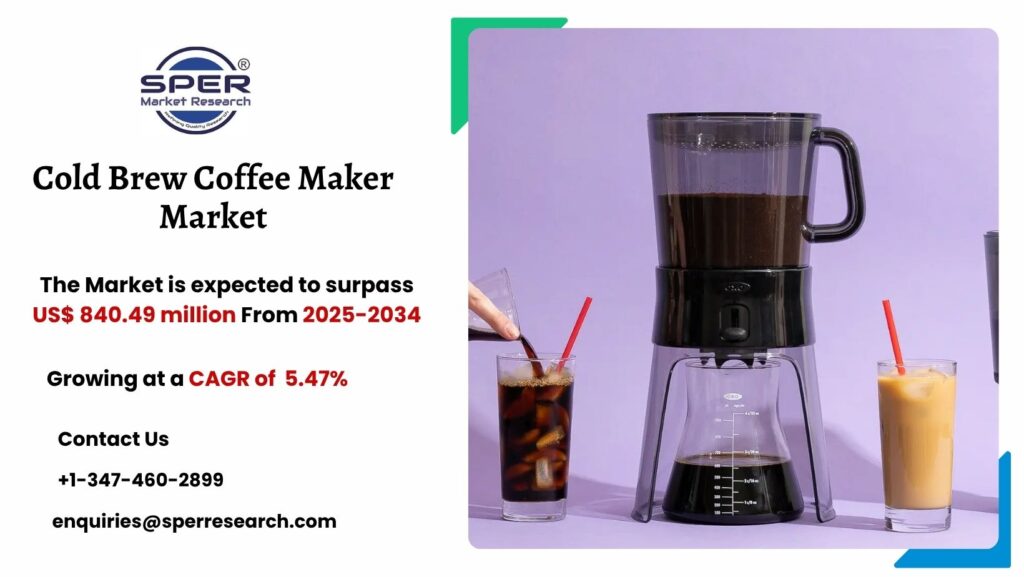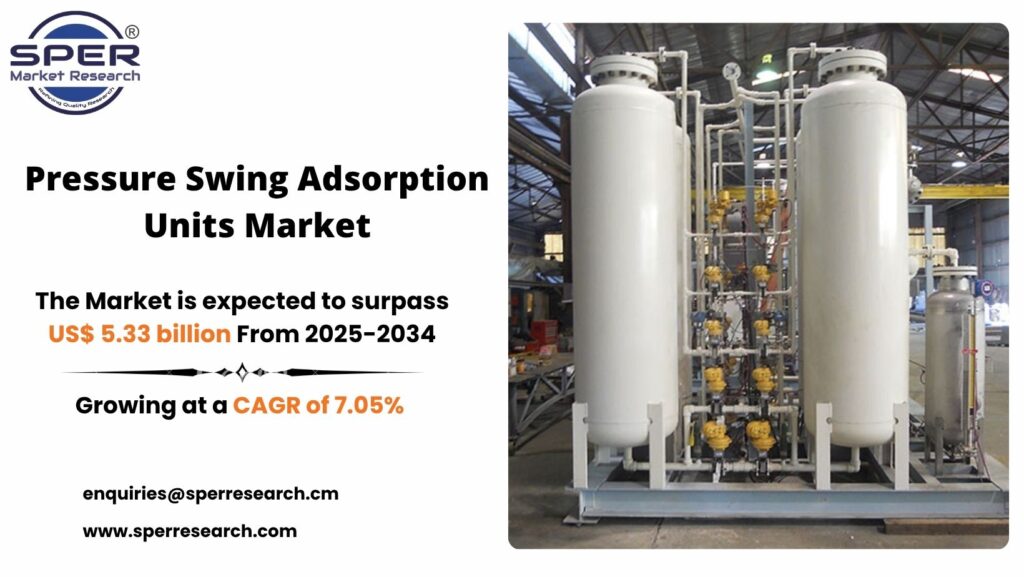Endometrial ablation is a medical procedure designed to reduce or stop abnormal uterine bleeding by destroying the endometrium—the inner lining of the uterus. Since this lining is what causes menstrual bleeding, removing or thinning it can significantly lessen or eliminate periods. It is typically recommended for women with heavy menstrual bleeding who have not found relief from other treatments and do not plan to become pregnant, as the procedure often leads to infertility. Various techniques can be used for ablation, including heat, cold, radiofrequency, or microwave energy, and it is usually performed on an outpatient basis with a short recovery time. Although generally safe and effective, endometrial ablation isn’t appropriate for everyone, especially those with certain uterine conditions or future pregnancy plans.
According to SPER market research, ‘Global Endometrial Ablation Market Size- By Product, By End Use – Regional Outlook, Competitive Strategies and Segment Forecast to 2034’ state that the Global Endometrial Ablation Market is predicted to reach 2135.42 Million by 2034 with a CAGR 5.47%.
Drivers:
Several factors are driving the growth of the endometrial ablation market. The increasing prevalence of gynecological conditions such as PCOS, menorrhagia, and abnormal uterine bleeding is creating strong demand for less invasive treatment options. Endometrial ablation, known for its minimal invasiveness and faster recovery, is becoming a preferred alternative to conventional surgeries. The high incidence of heavy menstrual bleeding, affecting 20–30% of women annually, further supports this trend. Moreover, favorable healthcare policies, insurance coverage, and tax benefits—particularly in countries like India—are encouraging women to opt for such treatments, significantly boosting market adoption and overall growth.
For Detailed Analysis in PDF Format, Here- https://www.sperresearch.com/report-store/endometrial-ablation-market?sample=1
Restraints:
The endometrial ablation market faces several notable challenges despite its increasing demand. A key limitation is that the procedure is not suitable for women who wish to maintain fertility, as it often leads to infertility. Potential complications such as infections, uterine perforation, and incomplete treatment can impact patient outcomes and trust in the procedure. Additionally, the high cost of devices and limited availability of advanced healthcare infrastructure in developing regions pose barriers to market expansion. Furthermore, low awareness and insufficient training among healthcare professionals in some areas can hinder the broader adoption of endometrial ablation techniques.
For More Information, refer to below link: –
Endometrial Ablation Market Share
North America dominates the global endometrial ablation market due to the high prevalence of gynecological disorders, presence of key players, and rising demand for minimally invasive treatments. Growing patient awareness, favorable reimbursement, and government healthcare initiatives also drive regional growth. Some significant market players are Medtronic, The Cooper Companies, Inc., Boston Scientific Corporation, Johnson & Johnson Service Inc., Olympus Corporation, Richard Wolf GmbH.
Related Reports:
Global Tumor Ablation Market Size
Circulating Tumor Cells Market Growth
Follow Us –
LinkedIn | Instagram | Facebook | Twitter
Contact Us:
Sara Lopes, Business Consultant — USA
SPER Market Research
enquiries@sperresearch.com
+1–347–460–2899









